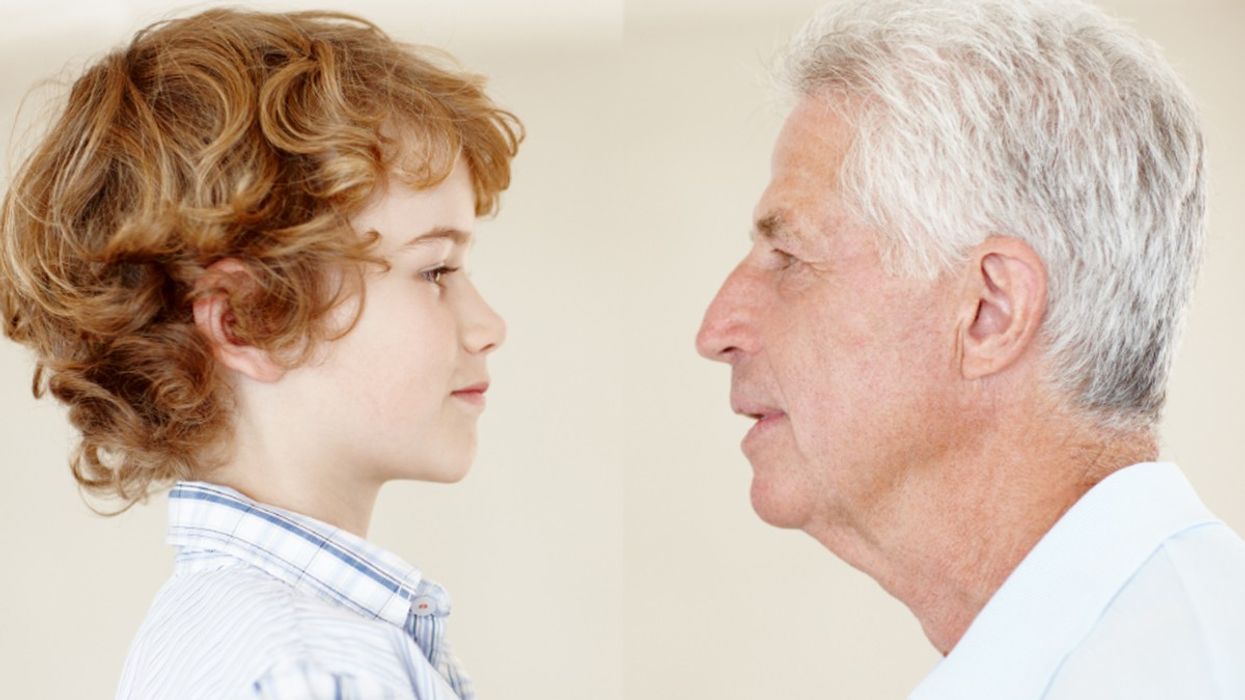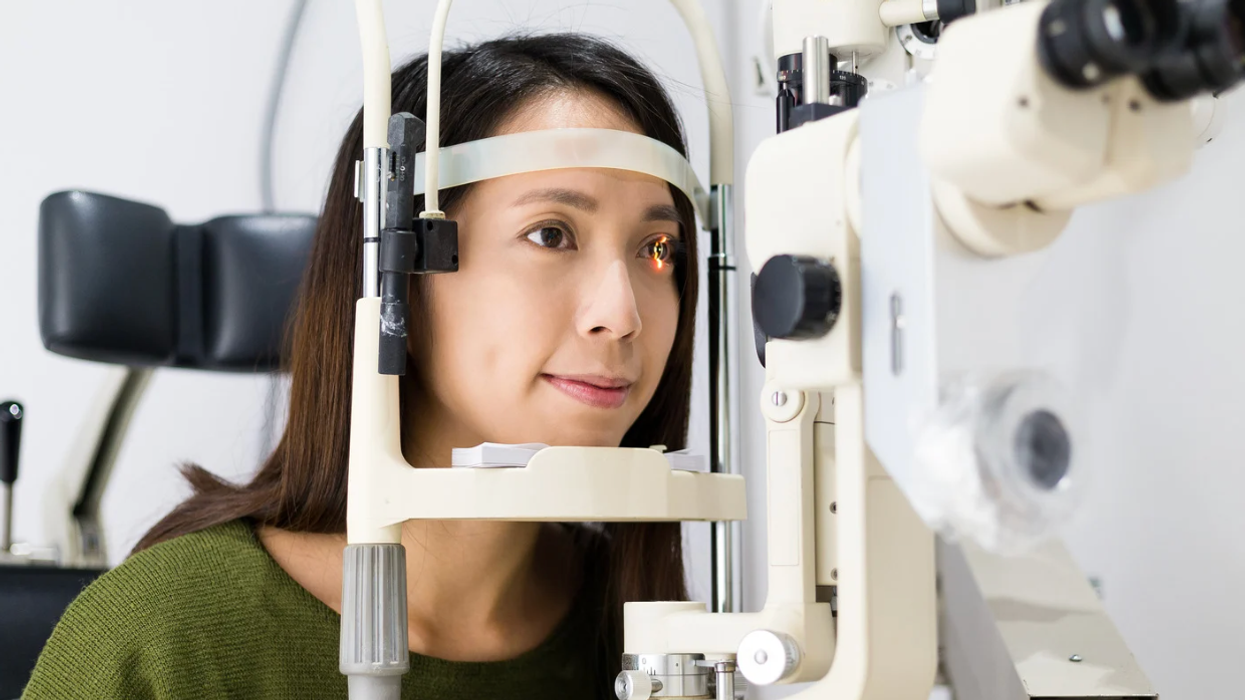Dealing with the social and economic upheaval from the coronavirus pandemic will require the skills and talents of many types of professions – medical personnel, public health experts, parents, students, educators, legislators, enforcement authorities and many others. Until now, though, the U.S. has struggled to mount a coordinated national response to effectively stamp out COVID-19, even as other countries in Europe and East Asia have shown that the disease can be controlled.
In the past, the United States has successfully mobilized to address deeply complex challenges and I believe one of those – sending astronauts to the Moon – can be instructive today, even though a pandemic is a very different challenge.
Twelve years after the famed Project Apollo to land men on the Moon in 1969, General Motors hired former NASA Administrator Robert Frosch to bring space-age technology to car manufacturing. He commissioned a small task force to incorporate Apollo's engineering process into the design of vehicles. I began my systems engineering career in this task force and now work on integrating the statistical and management sciences into future moonshots.
Today, this systems engineering approach is central to the automotive "moonshot" to create driverless vehicles. And I believe the Apollo method could be applied to some of the pandemic's thornier issues. Let's look at the challenge of educating U.S. children as an example.
The Centers for Disease Control and Prevention guidelines recommend reopening school buildings in the fall – with various safety precautions. But unlike other nations which have dictated specific protocols, the U.S. has delegated those decisions to individual districts. This is where the Apollo engineering system could help: by determining the appropriate division of responsibility based on expertise.Systems engineering includes six key steps:
Define requirements. The first step in planning to return students to classrooms or teach online is identifying stakeholders – including parents, students, teachers, neighbors and employers – to hear their concerns. Then, planners must itemize the key benefits that school provides in addition to education, such as: child care for working parents, meals for hungry children, discipline and socialization.
Create the relevant committees and assign responsibilities. Coordinating a wide range of experts is critical to safely educating children in person. To do so, a small task force must outline an overarching approach breaking down the overall effort into its component parts, such as transportation to schools, school ventilation and sanitation, curriculum development and serving meals. The task force then creates a committee for each "sub-problem," such as an on-site education committee, testing and tracing, a remote education committee and a medical committee. To ensure that each individual group contributes to a successful overall solution, the task force develops committee requirements to guide and evaluate their efforts, while giving each committee as much flexibility as possible in leveraging its expertise.
Create the relevant subcommittees and assign responsibilities. Each committee outlines its approach to its sub-problem and creates subcommittees to provide more detail on different elements of the approach. For example, the on-site education committee might break off into smaller groups that address safety enforcement, classroom design and building ventilation. Each subcommittee is given "subcommittee requirements" to guide its efforts.
If necessary, work can be further specialized within sub-subcommitees: The Space Shuttle program involved more than a dozen levels of responsibility.
Work the plan. As each subcommittee tackles its assignment, coordinators orchestrate their efforts to avert missteps and enhance synergies between other groups. For example, if the safety subcommittee concludes that some children will not keep masks on in class, the coordinator might create more aggressive requirements for those working on classroom design and ventilation. When a subcommittee finishes its assignment, the solution is evaluated against that subcommittee's requirements.
Integrate proposals from every committee. Once all issues facing on-site education have been addressed, individual solutions – on masks, building ventilation, classroom design, testing and more – are evaluated as a whole before being approved as the committee's integrated, overall solution. The committee solution is then evaluated against the committee's requirements. Each of the committee solutions are then evaluated as a whole before becoming the task force's plan. The task force's plan is then evaluated against its requirements. Stakeholder representatives then evaluate whether the plan ensures that schools can, indeed, open safely.
[Deep knowledge, daily. Sign up for The Conversation's newsletter.]
Support rollout Initially, these protocols are implemented at a small scale and then ramped up slowly as all are trained to understand their responsibilities: teachers, administrators and other staff, parents, students, employers, police, doctors, families and government authorities.
Constant maintenance and nimble adaptation will be needed to deal with unforeseen events like schools running out of masks or from students and school staff getting sick. Once an effective vaccine is available and the pandemic dissipates, the plan must detail how some protocols can be safely dismantled.
This exercise in systems engineering is not meant to be an actual school opening plan but instead a perspective on how people can organize to address complex problems that involve many groups of people.
The U.S. has successfully completed moonshots before. We can do it again.
Robert Bordley is Professor and Program Director, Systems Engineering and Design, University of Michigan
This article originally appeared on The Conversation. You can read it here.





















 Ladder leads out of darkness.Photo credit
Ladder leads out of darkness.Photo credit  Woman's reflection in shadow.Photo credit
Woman's reflection in shadow.Photo credit  Young woman frazzled.Photo credit
Young woman frazzled.Photo credit 